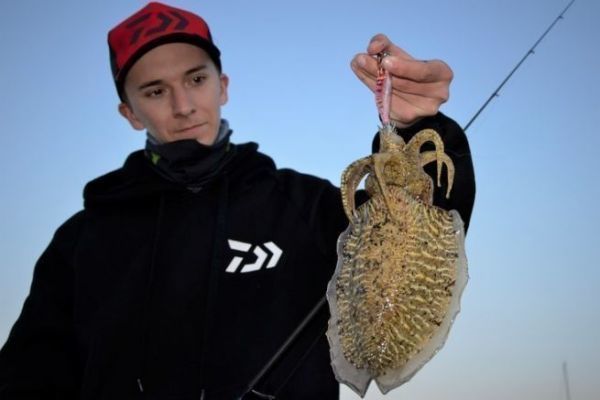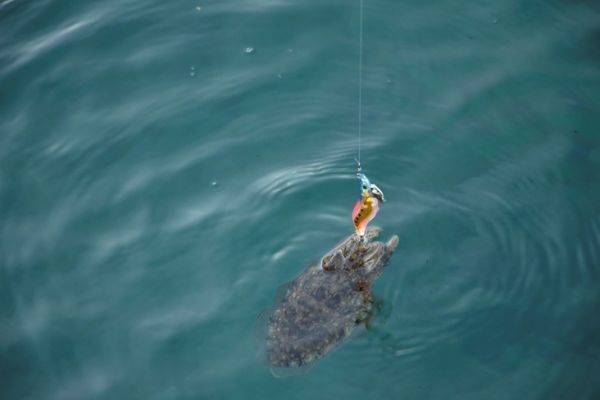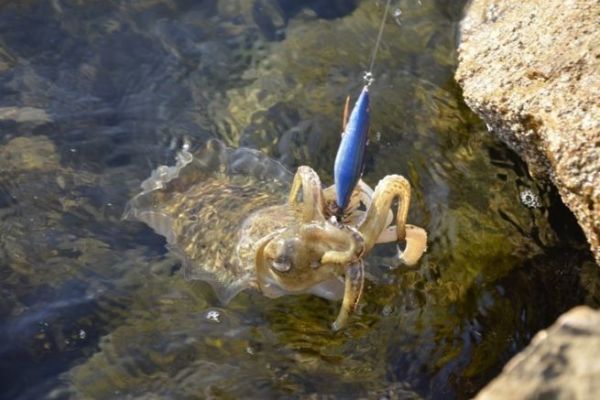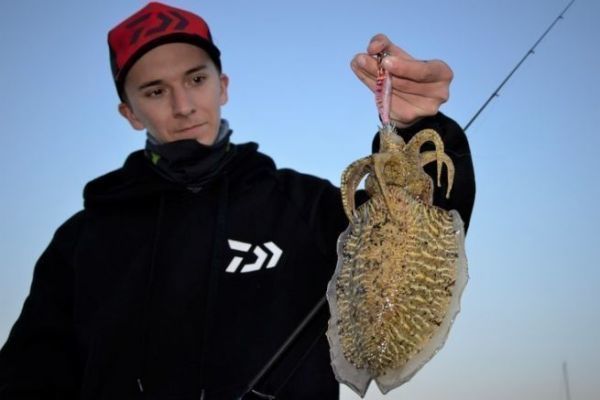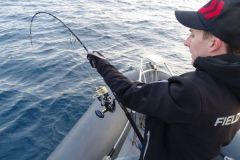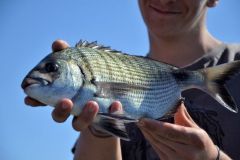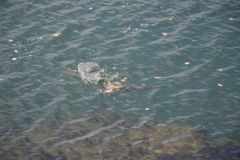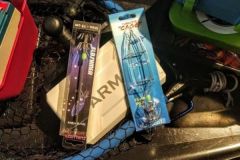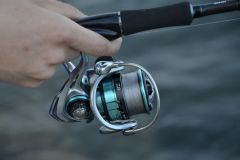Cuttlefish, a vulnerable predator
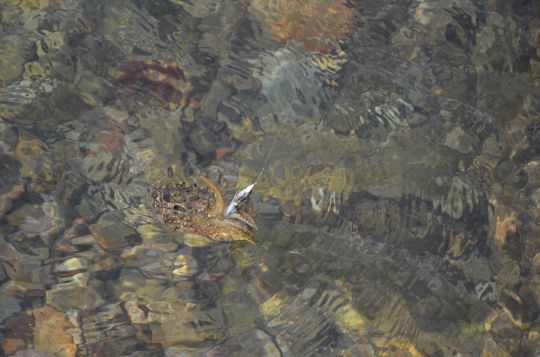
Like all cephalopods in our waters, cuttlefish is a very popular prey for predatory fish. Whether in sandy or rocky areas, it is never safe from being devoured. Fish such as denti, pike, wolfish or conger eel are very fond of cuttlefish. Fortunately, it has three defense mechanisms.
The first one is its ink jet, not very important for our fishing, but you have to be careful if you don't want to be painted from head to toe. Secondly, its ability to bury itself in a soft bottom, like sand or mud. This allows it to protect itself from predators as well as not being seen by its prey. Finally, its skin capable of an incredible mimicry is its main asset of hunting and defense, making it capable of disappearing in an instant from the eyes of a fish.
Trigger a reaction
When the sun is high in the sky, it is the moment when the cuttlefish is the most vulnerable. Its white belly forces it to remain stuck on the bottom to avoid being spotted. It will be either lurking under a rock, or buried in the sand or in the mud. To make him want to seize our jig, it will be necessary to pass near.
To do this, the use of jigs heavily leaded, especially in sandy-muddy areas where the bottom does not catch, can stay close to the bottom between each animation. You can also use a floating jig on a jigging rig with a lead. The jig will be able to pass a few centimeters above the bottom without risk of snagging.
Day fishing is mainly a prospecting fishing, cuttlefish do not move very much. It is therefore necessary to try to cover as much ground as possible to pass in front of a cuttlefish that is waiting for an opportunity to pass in front of it.
Choosing your jig
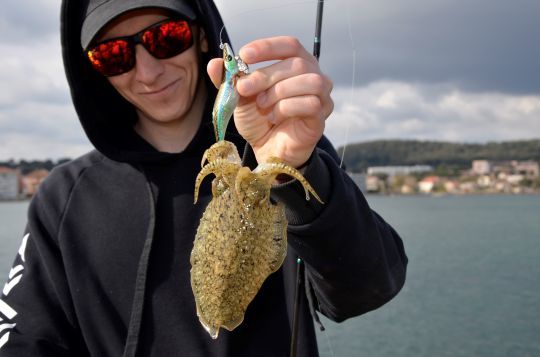
The cuttlefish uses its vision to detect its prey. Its eye, particularly sensitive to contrasts, is very developed. During the day, a cuttlefish can see your jig at more than 10 meters if the water is clear enough and your jig is in contrast.
For a jig to stand out in a sandy area, you should use colors that tend toward dark green, purple or brown. On the contrary, on a dark muddy or rocky bottom, white is undoubtedly the most effective color.
Do not hesitate to use jigs with a coating or an abalone addition, reflecting the sunlight. Avoid using a very light jig on a sunny day, or a very dark jig on an overcast day. The use of glow-in-the-dark jigs and bead jigs is not mandatory, but it can make a difference in deciding the most apathetic cuttlefish.

 /
/ 